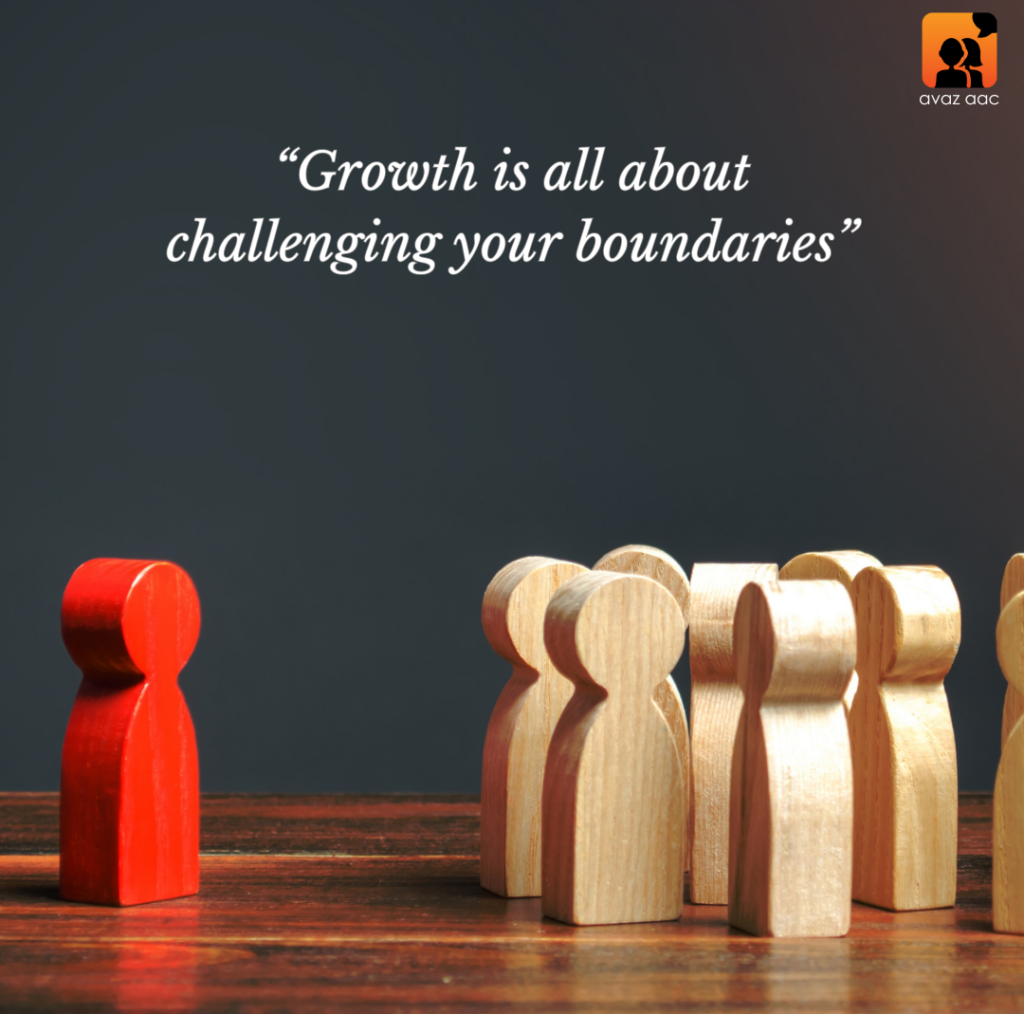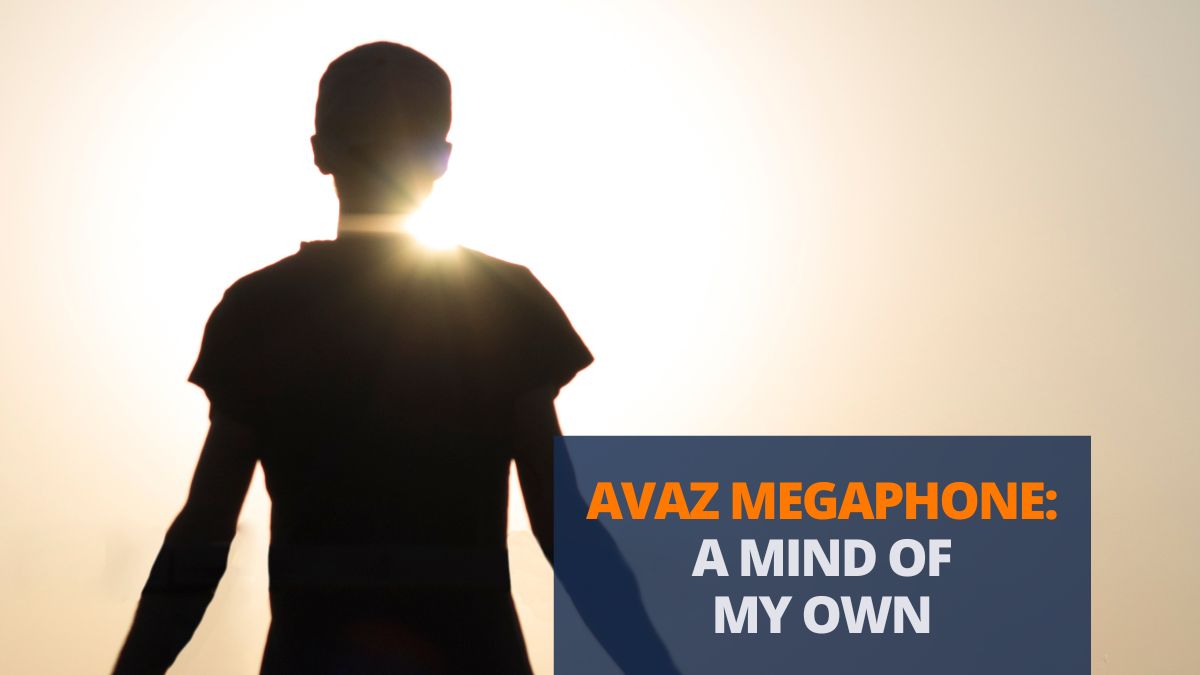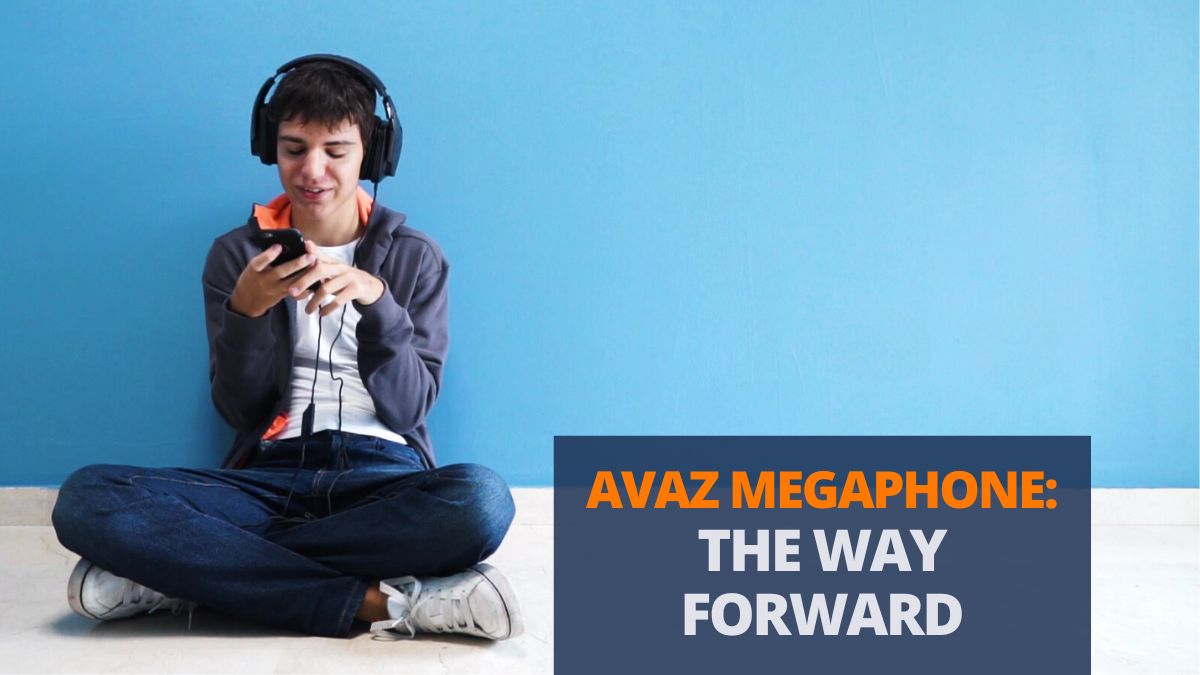Can an introvert become an ambivert? Read Aditi’s musings on journeying through social orientations as an autistic.
This is an Avaz Megaphone feature.


Is It Easy to Communicate?
Does your child or student who types to communicate, show inconsistencies in the ease of communicating in different situations? Have you ever wondered why this is so?
I am a non-speaker who types to communicate and I am prone to inconsistencies in social events. So here’s my take on why this happens. This piece is based on my personal experience. Hence, it is not an exhaustive list of all the possible reasons for these inconsistencies.
The Three Social Orientations
I like to think that humanity at large can be divided into two categories on the basis of ‘social orientation’. The first category are the extroverts. They are the ones who live to socialize. Known as social butterflies, they are the life and soul of the parties that they chose to attend. Striking up a conversation with total strangers comes as naturally as breathing to them.
The second category of people are the introverts. This category is led by the ‘strong and silent’ types, like yours truly. An introvert likes to believe that making small talk with random people is a waste of time. At least, that is how they try to explain the phenomenon that takes place in social events. The one they call “My-Tongue-Is-So-Tied-Even-Houdini-Can’t-Untangle-It”.
The social norms and unspoken rules of adulthood entail the creation of a third category. Meet the ambiverts. They are adept at talking about the appropriate subjects, appropriately in social situations. In other words, ambiverts are people who have perfected the art of knowing when to talk and when to shut up! In short, becoming an ambivert is a goal that both introverts and extroverts hope to achieve.
I, The Autistic Non-Speaker Introvert
Now, coming back to us non-speakers. Considering that we also belong to the larger group called humanity, some of us are introverts while others are extroverts. Autism, being a socio-communication disorder, probably means that many more autistics are introverted than the neurotypical population. In a social situation, an introvert is plagued with many doubts. What should I say to this person to strike up a conversation? Is that the right thing to say? Will I come off as an ignorant person if I ask this question? The list is never-ending. Add to this, a liberal sprinkling of sensory differences and social anxiety – and bingo! There appears the inconsistency in typing. The cat cannot get our tongue, it gets our fingers instead!


Journeying to the Ambiverse
This is not to take away from the strengths that we introverted non-speakers possess. My ability to observe people and understand what is unspoken helps me create protagonists who are relatable in my stories.
Like many other introverts, my goal is to become an ambivert. A person who is able to manage her anxiety and self-doubt and communicate effectively in social situations. Like other things, this is a work in progress. It is also something that I am confident I will achieve. After all, growth is all about challenging your boundaries.
Avaz Megaphone is a platform for neurodivergent individuals to express themselves through the written word. We accept opinion pieces, short stories and poetry. Authors of accepted works will receive an honorarium. To make a submission please email us on: collaborate@avazapp.com
WRITTEN BY
Aditi Sowmyanarayan
Student & Writer
Aditi Sowmyanarayan is a nineteen year old who uses Avaz, a text to speech app, to communicate. She goes to Ishanya India Foundation, a special school in Bengaluru. Aditi is an avid blogger and an aspiring writer. She blogs on www.smallstepbigthought.blogspot.com
She can be reached on Instagram at writeaditi and on her Facebook page : small step big thought





